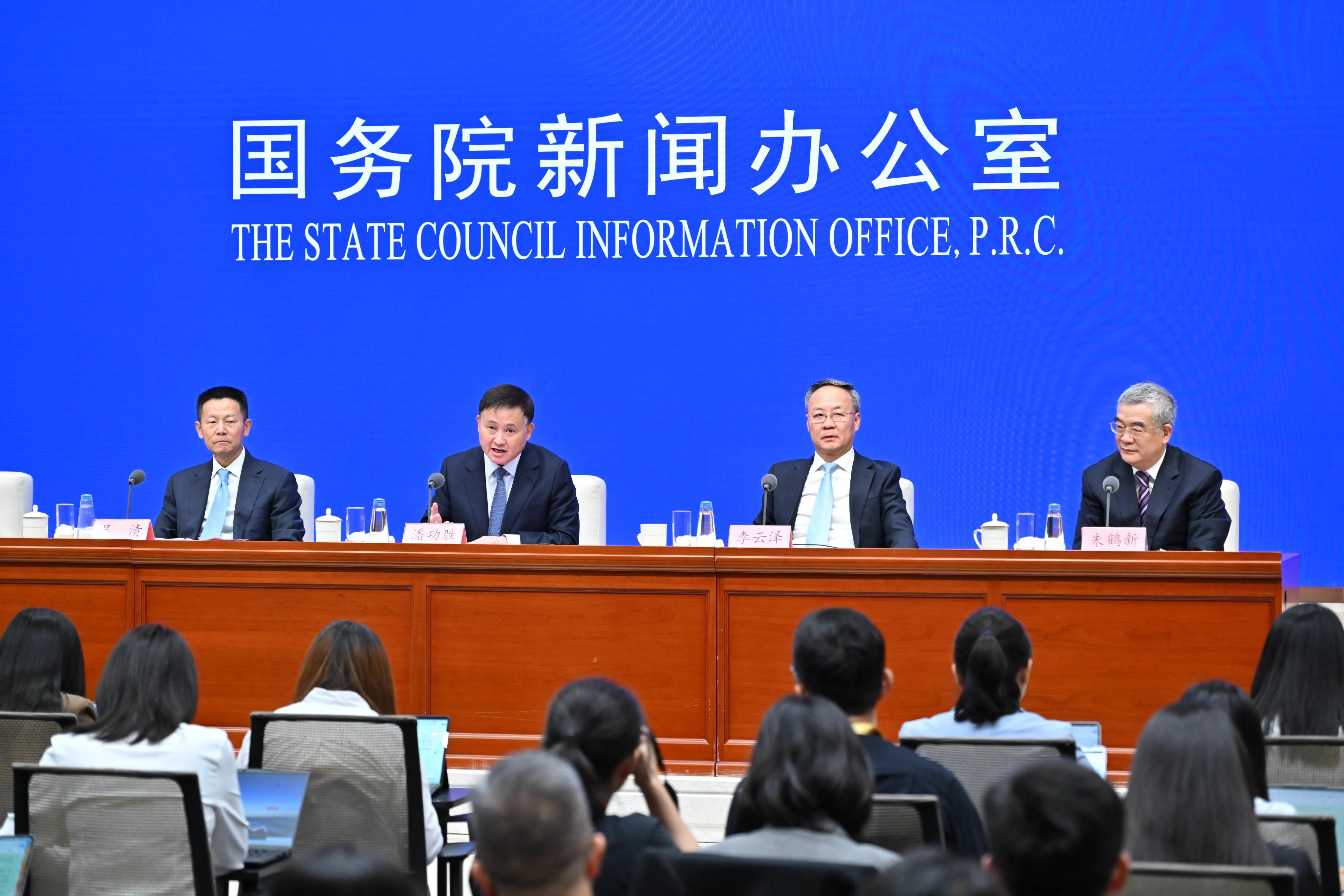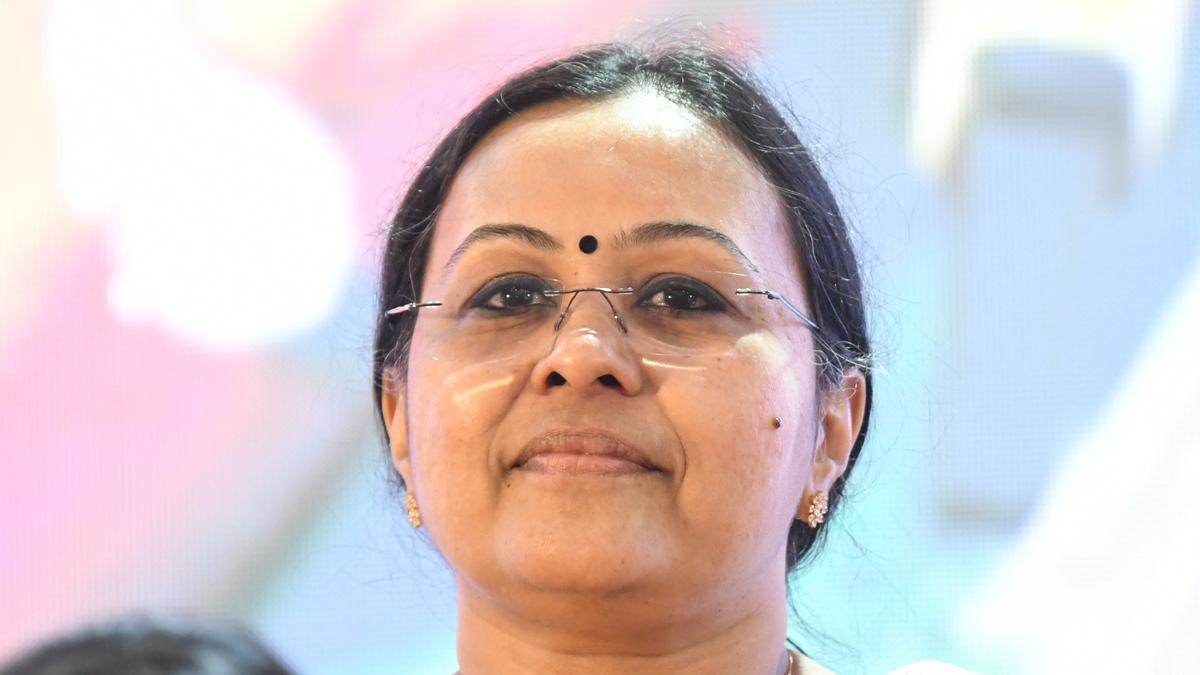By Ji Siqi
Copyright scmp

China’s top financial officials said the country’s assets have become much more attractive to overseas capital in the past year at a high-profile press conference, adding Beijing would continue to prioritise domestic economic objectives even as interest rate cuts from the US Federal Reserve have created room for looser monetary policy.
Adjustments to China’s monetary policy are “self-determined” and “data-based”, said Pan Gongsheng, governor of the People’s Bank of China, at the conference on Monday.
“Looking forward, we will employ a comprehensive range of monetary policy tools to ensure ample liquidity, based on the performance and evolving conditions of the macroeconomy.”
Pan was joined by heads of the country’s top financial regulatory bodies, including Li Yunze, minister of the National Financial Regulatory Administration, Wu Qing, chairman of the China Securities Regulatory Commission, and Zhu Hexin, head of the State Administration of Foreign Exchange.
While the conference largely focused on the country’s achievements in the financial sector over the past five years with no major short-term policy announcements, its heavyweight line-up drew significant attention from global markets and observers.
Around this time last year, a similar conference with nearly identical personnel unveiled several sweeping economic stimulus measures, including cuts to the reserve requirement ratio, reductions in the mortgage rate for existing housing and new tools to support the stock market, which sparked a sharp rally in domestic exchanges.
Since then, the attractiveness of Chinese assets has significantly increased, Wu said at the conference on Monday.
“China’s capital market is expanding its circle of friends,” Wu said. “The market value of A-shares held by foreign investors currently stands at 3.4 trillion yuan (US$477.8 billion).”
An upswing in domestic indexes has continued in recent months amid abundant liquidity in the country’s financial system. The SSE Composite Index, a benchmark for mainland China’s capital markets, has risen by about 39 per cent over the past year. Hong Kong’s Hang Seng Index, meanwhile, jumped by about 44 per cent in the same period.
The surge in investment from overseas has helped to add a combined US$3 trillion in market value to both the nation’s onshore and offshore equities this year, Goldman Sachs said in a report last week.
The jolt was driven by advances in artificial intelligence and other technologies, as well as a temporary reduction in trade tensions between the US and China, the investment bank said.
Increased involvement from institutional investors, especially global fund managers, in domestic exchanges suggests the gains would remain sustainable and shows there is significant potential for further upside, the bank’s researchers added.
Wu said the technology sector’s capitalisation in China’s A-share market accounts for over one-quarter of the total, significantly higher than the combined share of banking, non-bank financial and real estate.
After recording a robust gross domestic product growth rate of 5.3 per cent in the first six months of 2025, China’s economy has begun to show signs of strain. Sluggish domestic demand, headwinds from a trade war with the United States and a prolonged property downturn are weighing on consumption and investment.
Pressures are also mounting in the country’s labour market, as China’s urban youth unemployment rate – covering those aged 16 to 24 who are not full-time students – rose to 18.9 per cent in August, as a record 12.2 million university students graduated.
At a cabinet meeting in August, Premier Li Qiang called for further efforts to stimulate spending by removing restrictions and accelerating the consumption of services.
The country also unveiled a year-long plan to subsidise interest on personal consumer loans, which took effect this month.



